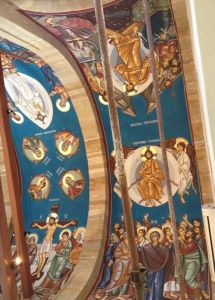The term “painting” in religious art refers primarily to wall painting, i.e. “al fresco” and “al saeco” painting techniques. Fresco painting also belongs to the oldest painting techniques in history. This technique was used in Mesopotamia, Crete, Mycenae, as well as in Egypt, Greece, while in Roman, and especially Byzantine art it has the crucial place besides mosaic. Fresco technique is very complex and demanding as much for the technology of its creation, as for the promptness and skillfulness the artist needs to have while painting because a fresco needs to be painted and finished while the plaster is still wet or “fresh”, which is the meaning of the word “fresco” in Italian. For all conditions to be met for a fresco painting, the first stage is preparation of the wall where the fresco should stand. It needs to be a solid brick or stone wall built with lime mortar, and on no account a cement wall or a wall built with cement mortar, because cement as a material causes salting of the wall and saltpeter forming on it which damages the fresco. A well-prepared wall should be dampened with water before applying mortar on it and thus prolong the time of fresco painting. The fresco mortar is applied in three layers: the first with coarser granulation made of lime and sand in a 3:1 ratio, the second with finer sand in a 2:1 ratio, and the third with the finest granulation made in a 1:1 ratio. The first and the second layer of mortar should contain hemp rope or chopped straw as reinforcement, while the lime should be as old as possible and well-drained. If the mortar is made of sand, the sand should be well-sifted, thoroughly washed and dried, but it is very common nowadays that marble flour with various granulations is used instead because it does not require washing and drying, and it has proved to be a material with excellent properties. Parts of the painting that the artist does not manage to finish in fresco technique should be finished as details in “al saeco” technique after the fresco dries with casein glue as an adhesive. It is important to emphasize that after drying the fresco fades and tends to lose its color intensity 10-15%. The other most common way of painting is “al saeco” technique, which enables the artist much more comfort in his work, since he does not depend on the unpredictable process of mortar drying and its “temper“, while he can dedicate more to painting details and work without pressure. For “al saeco” wall painting technique, casein glue and acrylic are used as adhesives. Casein glue is an adhesive formulated from casein found in milk and it is absolutely natural. It usually provides the fresco with the impression of transparency with translucent tones. In the past, it was only used for “al saeco” painting technique, whereas today it is usually used for retouching old frescos in the restoration procedures. Acrylic-based adhesives are predominantly used nowadays when frescos are painted in “al saeco” technique. Unlike “al fresco” technique, the wall surface as the carrier of painting does not have to be treated with lime mortar, but the wall of any material should be covered with mortar and smoothed with skim-plaster, although many artists paint only on a layer of well floated and smoothed mortar. In my own career, I have acquired a lot of experience in fresco painting, mostly in “al saeco” technique due to requirements and conditions on the project site.


.jpg)
.jpg)
.jpg)
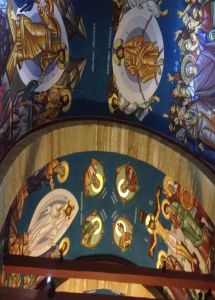
.jpg)
.jpg)
.jpg)
.jpg)
.jpg)
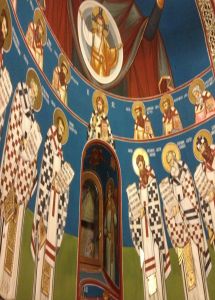
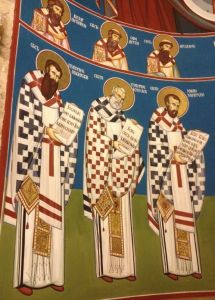
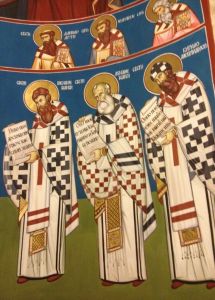
.jpg)
.jpg)
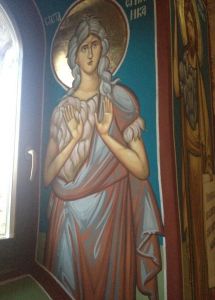
.jpg)
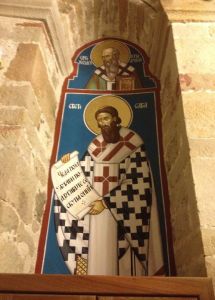
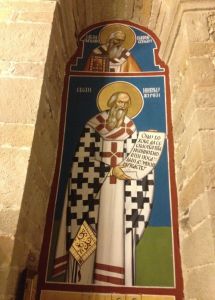
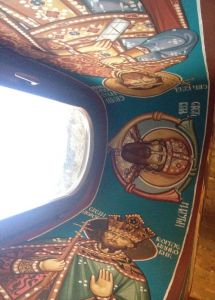
.jpg)
.jpg)
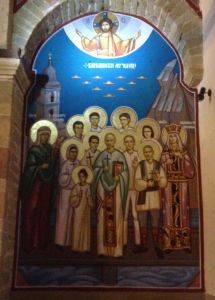
.jpg)
.jpg)
.jpg)
